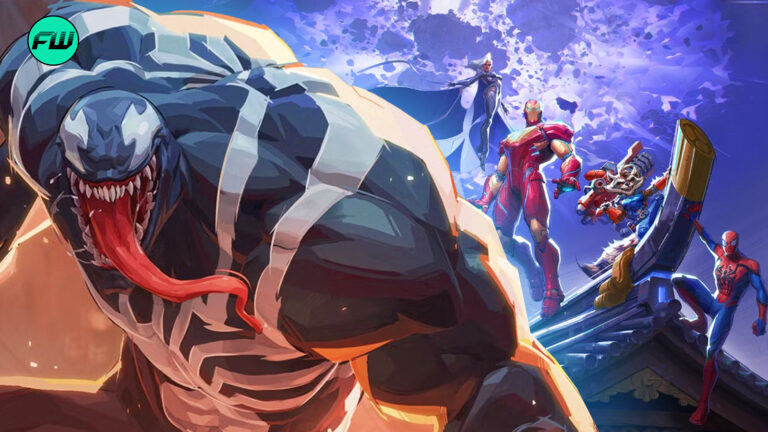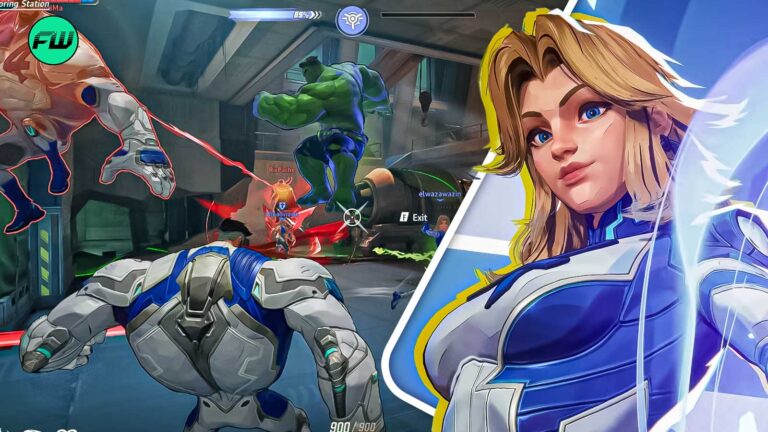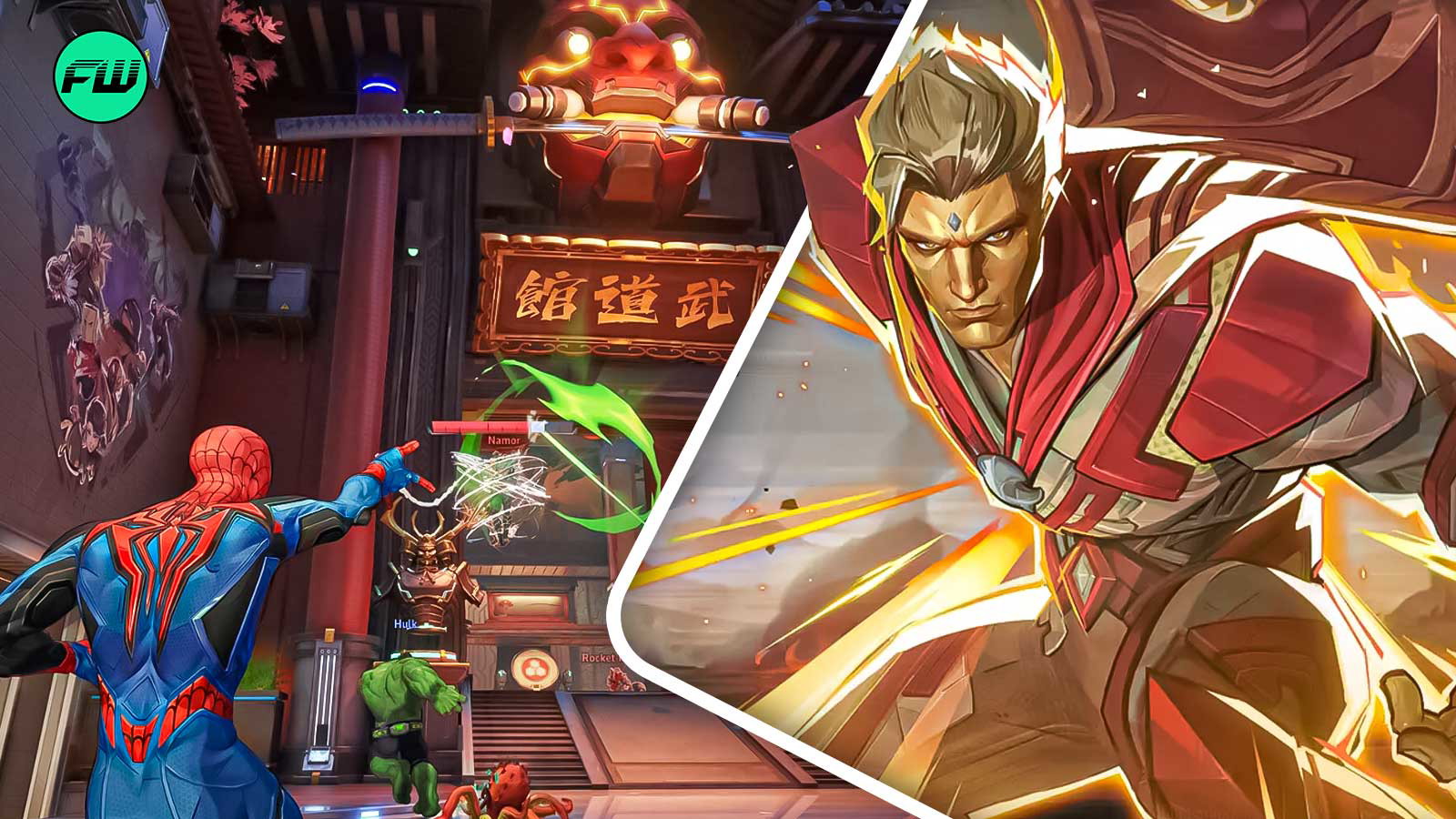
Marvel Rivals has been devouring RAM like a hungry Galactus since launch. For PC players with anything less than 32 GB of memory, the game has been less “heroic team-up” and more “system-crashing nightmare.”
NetEase Games has finally acknowledged this memory-munching monster, with game director Guangyun Chen confirming a fix is on the horizon. A simple checkbox in the launcher promises to tame the beast when Season 2 drops on April 11.
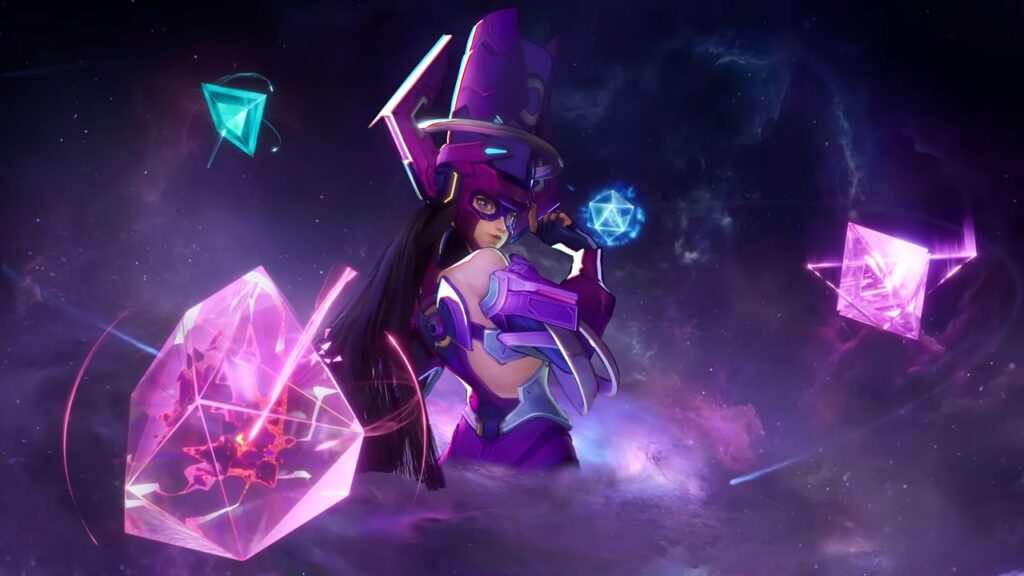
But as any superhero fan knows, great power comes with… well, you know the rest. This memory-saving solution might just force players to make sacrifices that not everyone will be happy about.
The checkbox solution that might cost you more than RAM
The upcoming Season 2 update for Marvel Rivals will introduce what Chen calls an “experimental checkbox” in the launcher designed to “reduce memory consumption significantly.” This feature couldn’t come at a better time, as players have been battling crashes and performance issues since the game’s December 6, 2024 launch.
What started as a game that could run on the recommended 16 GB in the Beta has morphed into something that practically demands 32 GB. Players across Reddit and Steam discussions report the game gobbling up over 90% of available memory, leading to freezes, latency spikes, and system crashes that would make even the Hulk rage quit.
Chen admits this is “a very big problem” that requires thorough testing before release. “We cannot just release it in a small patch,” he explained, pointing to the complexity behind what seems like a simple toggle (which it is clearly not).
But here’s the thing—this memory-saving magic trick will likely come with strings attached. The question isn’t whether there will be compromises, but which features will be sacrificed at the altar of optimization.
When optimization means amputating what makes the game special
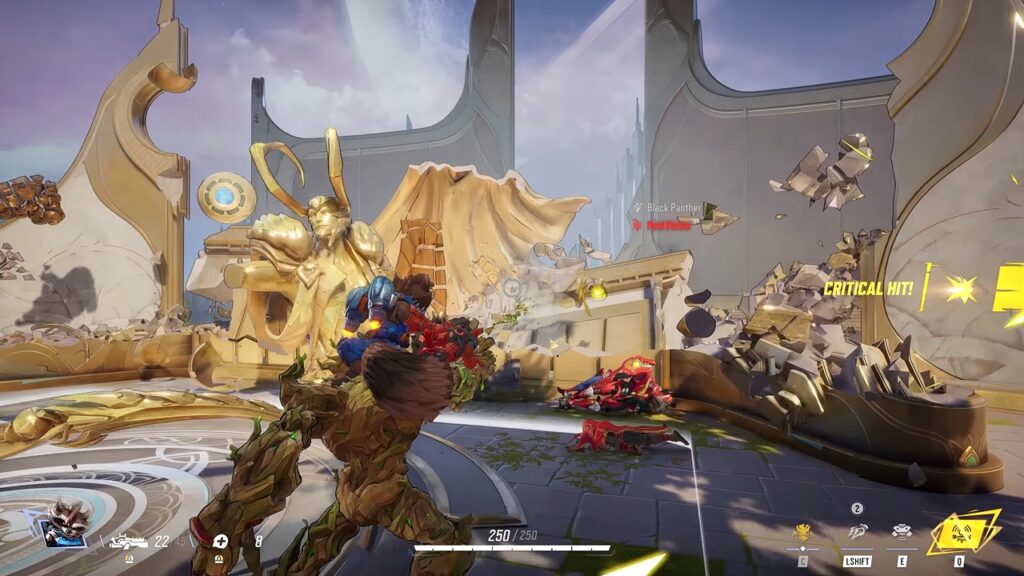
The memory issues in Marvel Rivals aren’t just a random bug—they’re tied to what makes the game unique. NetEase’s hero shooter stands out from competitors with its destructible environments and dynamic level changes. Those crumbling buildings and shifting battlegrounds don’t just look pretty—they eat processing power for breakfast.
The “experimental” nature of this checkbox suggests players might face a tough choice: stable performance or visual spectacle. Reducing memory consumption could mean saying goodbye to some of those fancy destruction physics or watching them happen in a more simplified, less resource-intensive way.
Loading times might also take a hit. Less RAM usage often means more disk activity as assets are loaded and unloaded more frequently rather than being kept in memory. That quick match turnaround time might become a thing of the past for players using the low-memory option.
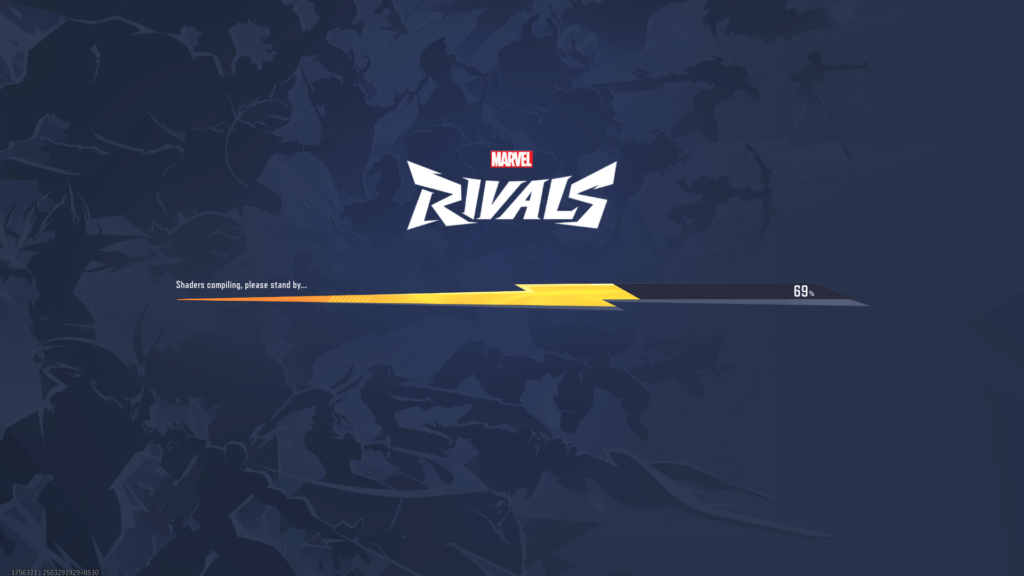
The game’s already tedious startup process—with its parade of splash screens and notorious shader compilation that tests players’ patience even on SSDs—could become even more of a waiting game when the memory-saving toggle is flipped on.
There’s also the question of competitive balance. Will players using the memory-saving option be at a disadvantage? Will they see enemies later (lower render distance?) or miss visual cues that high-RAM players get? These questions remain unanswered as we approach Season 2’s launch.
What do you think about this tradeoff? Would you sacrifice some of Marvel Rivals‘ visual flair for better performance, or is the memory-hungry experience worth upgrading your PC? Let us know in the comments below!
This post belongs to FandomWire and first appeared on FandomWire
